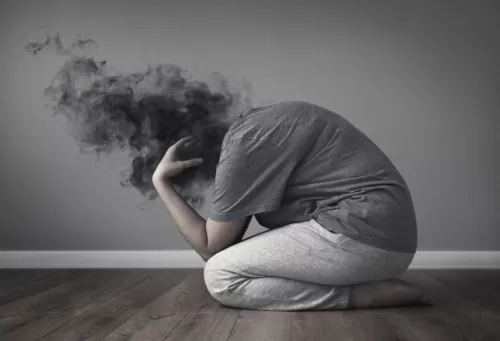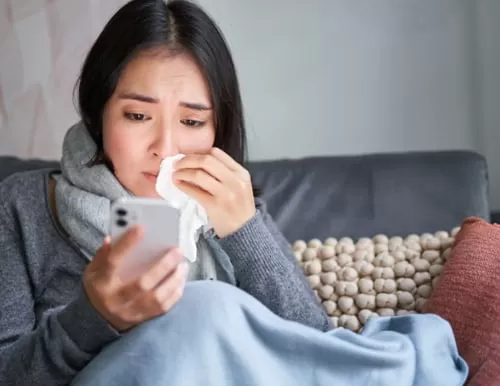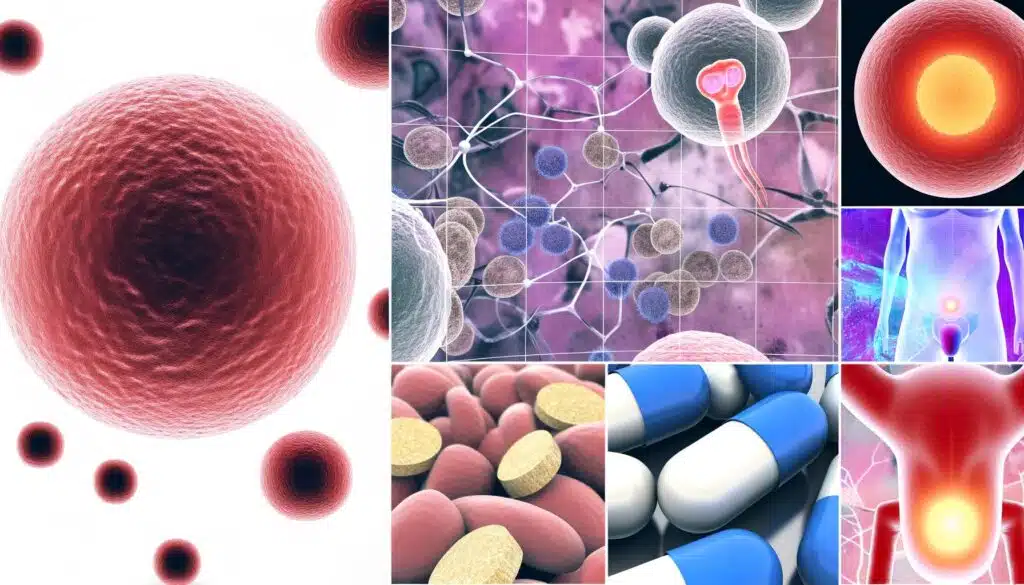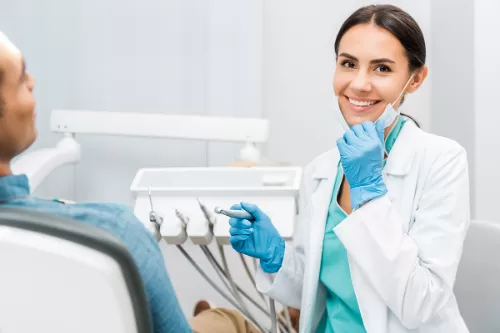Unraveling the Mystery of the Varicella Zoster Virus
Shingles, also known as herpes zoster, is a painful and often debilitating viral infection caused by the reactivation of the varicella-zoster virus, the same virus responsible for chickenpox. While shingles primarily affects older adults and individuals with weakened immune systems, it can occur at any age, posing significant challenges to those affected and underscoring the importance of understanding this complex condition.
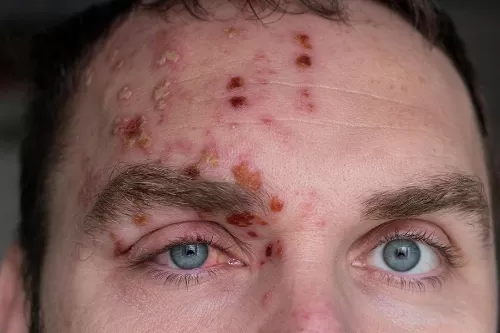
Shingles: The Viral Resurgence
The varicella-zoster virus lies dormant in nerve cells after causing chickenpox, but can reactivate years later, leading to the development of shingles. The exact triggers for reactivation remain unclear, but factors such as aging, stress, and compromised immune function are believed to play a role. When the virus reactivates, it travels along nerve pathways to the skin, resulting in the characteristic rash and painful blisters associated with shingles.
Navigating the Symptoms: Recognizing the Signs of Shingles
Shingles typically begins with a tingling or burning sensation in a specific area of the body, followed by the appearance of a red, painful rash. The rash progresses into fluid-filled blisters that eventually crust over and heal within a few weeks. In addition to the rash, individuals with shingles may experience symptoms such as fever, headache, and fatigue. The pain associated with shingles can be severe and persistent, often requiring medical intervention to manage effectively.
Complications and Consequences: Understanding the Impact of Shingles
While shingles is usually a self-limiting condition, it can lead to complications that warrant medical attention. One of the most common complications is postherpetic neuralgia, a condition characterized by persistent nerve pain in the affected area long after the rash has healed. Other potential complications include bacterial skin infections, vision loss if shingles affects the eyes, and neurological problems if the virus spreads to the brain or spinal cord. Prompt diagnosis and treatment are essential to minimize the risk of complications and alleviate symptoms.
Prevention and Protection: The Role of Vaccination
Vaccination against shingles is the most effective way to reduce the risk of developing the infection and its associated complications. The shingles vaccine, also known as the herpes zoster vaccine, is recommended for adults aged 50 and older, as well as certain high-risk populations, such as individuals with weakened immune systems. By stimulating the body's immune response to the varicella-zoster virus, the vaccine helps prevent reactivation and reduce the severity of shingles symptoms in those who do contract the virus.
Empowering Through Awareness and Action
In conclusion, shingles represents a significant public health concern with far-reaching implications for individuals and communities worldwide. By deepening our understanding of the varicella-zoster virus and its reactivation, promoting early recognition of shingles symptoms, and advocating for vaccination as a preventive measure, we can mitigate the impact of this debilitating infection and improve the quality of life for those affected. Through education, awareness, and proactive healthcare interventions, we can work together to combat shingles and pave the way for a healthier, more resilient future.

Finding the Best Hearing Aid for Seniors

Boost Your Performance Exploring Male Enhancement Gummies

Choosing the Right Medical Program in 2025
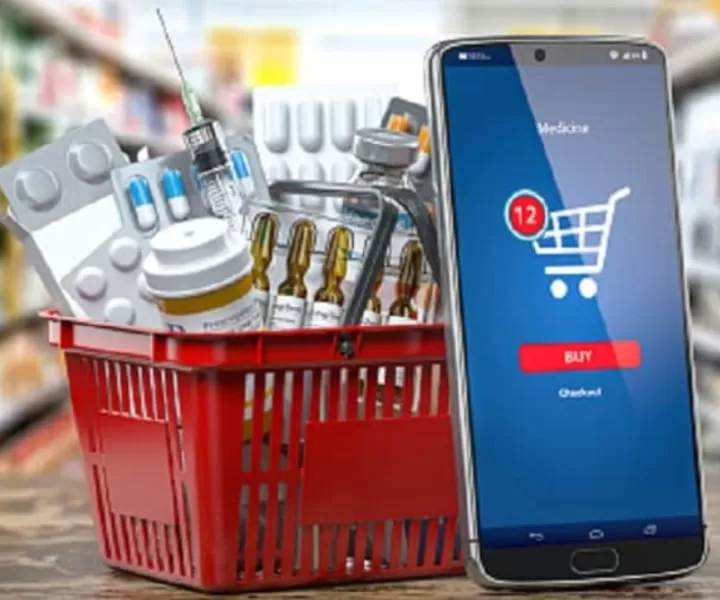
Why More Americans Are Turning to Online Pharmacies for Their Medications

Navigating Medical Programs: A Guide To Degrees, Speed, And Coverage

Natural Enhancement Showdown: Vampire Breast Lift or Surgical Mastopexy
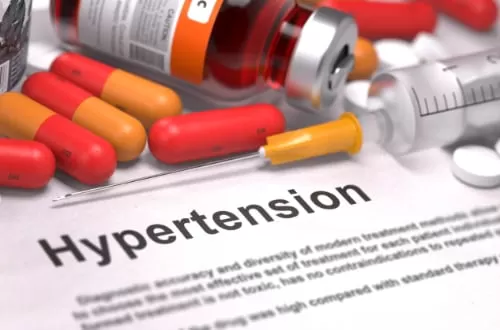
Hypertension Drugs: What Seniors Need to Know in 2025



